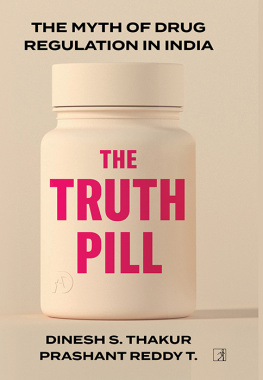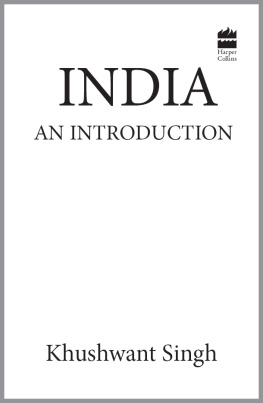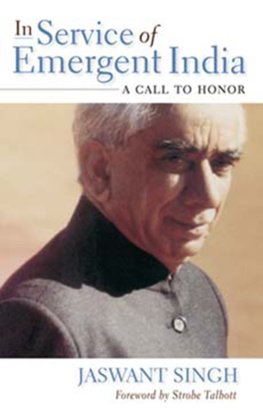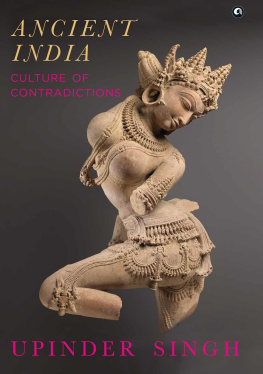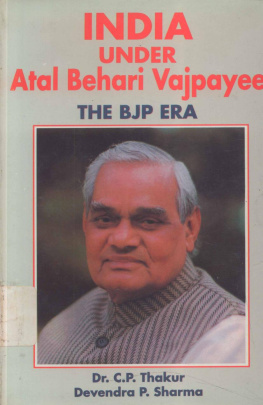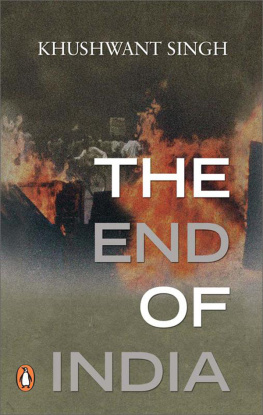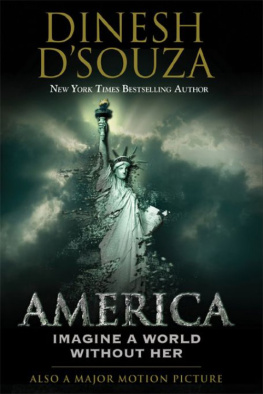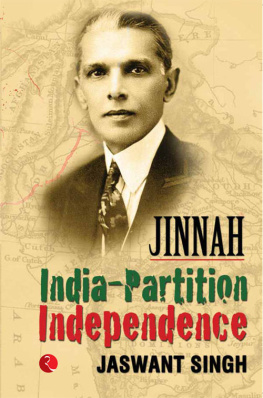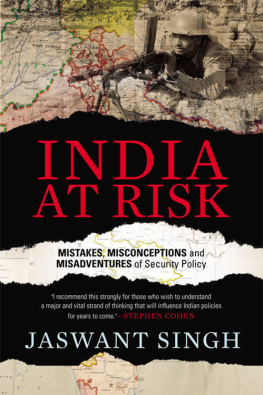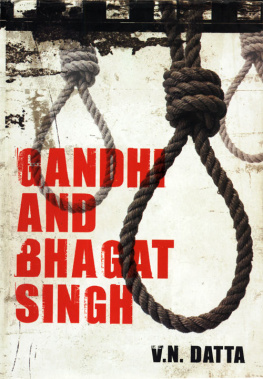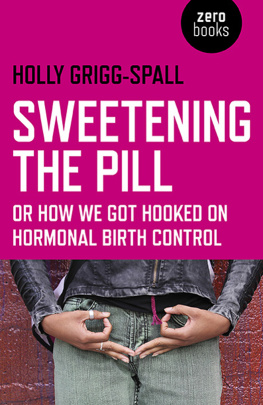Dinesh Singh Thakur - The Truth Pill: the Myth of Drug Regulation in India
Here you can read online Dinesh Singh Thakur - The Truth Pill: the Myth of Drug Regulation in India full text of the book (entire story) in english for free. Download pdf and epub, get meaning, cover and reviews about this ebook. year: 2022, publisher: S&S India, genre: Politics. Description of the work, (preface) as well as reviews are available. Best literature library LitArk.com created for fans of good reading and offers a wide selection of genres:
Romance novel
Science fiction
Adventure
Detective
Science
History
Home and family
Prose
Art
Politics
Computer
Non-fiction
Religion
Business
Children
Humor
Choose a favorite category and find really read worthwhile books. Enjoy immersion in the world of imagination, feel the emotions of the characters or learn something new for yourself, make an fascinating discovery.
- Book:The Truth Pill: the Myth of Drug Regulation in India
- Author:
- Publisher:S&S India
- Genre:
- Year:2022
- Rating:5 / 5
- Favourites:Add to favourites
- Your mark:
- 100
- 1
- 2
- 3
- 4
- 5
The Truth Pill: the Myth of Drug Regulation in India: summary, description and annotation
We offer to read an annotation, description, summary or preface (depends on what the author of the book "The Truth Pill: the Myth of Drug Regulation in India" wrote himself). If you haven't found the necessary information about the book — write in the comments, we will try to find it.
The Truth Pill: the Myth of Drug Regulation in India — read online for free the complete book (whole text) full work
Below is the text of the book, divided by pages. System saving the place of the last page read, allows you to conveniently read the book "The Truth Pill: the Myth of Drug Regulation in India" online for free, without having to search again every time where you left off. Put a bookmark, and you can go to the page where you finished reading at any time.
Font size:
Interval:
Bookmark:

THE TRUTH PILL
THE TRUTH PILL
The Myth of Drug Regulation in India
DINESH S. THAKUR
PRASHANT REDDY T.

To Dr Raj Kumar, who is a mentor and a role model to me
Dinesh S. Thakur
~
For my friend and mentor,the Late Dr Shamnad Basheer
Prashant Reddy T.
Prologue
An Epidemic of DEG Poisoning and Regulatory Failure
As the year 2019 drew to a close, doctors at two North Indian hospitals were grappling with a mysterious condition that had affected approximately 21 children, several of whom were infants. The weather had started to turn as winter began to set in and all of these children had been suffering from a cough or a cold which were typical for this time of the year; but these children then progressed to vomiting and ultimately suffering from kidney failure. Most of these children came from Ramnagar in Jammu.
It is a remarkable medical event for a cluster of otherwise healthy children from the same neighbourhood to suddenly suffer from acute kidney failure. The first response of the government in such circumstances is to put together a team of doctors, microbiologists, and epidemiologists from various institutions to conduct an epidemiological investigation.
At the highly regarded Post-Graduate Institute of Medical Education & Research (PGIMER), Chandigarh, where many of the sick children had been admitted for treatment, doctors ran a battery of tests on their young patients to diagnose their ailments. The medication consumed by the children prior to their admission to the hospital was also sent for testing. One of these medications was a cough syrup called COLDBEST, which is a fixed dose combination of Paracetamol, Phenylephrine Hydrochloride, and Chlorpheniramine Maleate manufactured by Digital Vision, a pharmaceutical company with its manufacturing base in Himachal Pradesh, which is the national hub for most pharmaceutical companies due to a generous tax exemption policy introduced by the Government of India to bolster industrial development in the hilly region. The parents of the children in Jammu had bought this cough syrup from a local pharmacy after their children had exhibited signs of a fever along with either a cough or a cold.
The Regional Drug Testing Laboratory, Chandigarh, which tested three different samples of the same batch of COLDBEST alleged that the samples of the cough syrup tested positive for 34.24%, 34.97%, and 35.87% of diethylene glycol (DEG) which is a powerful industrial solvent that is used in the manufacture of anti-freeze, brake fluid etc. Finally, the doctors at PGIMER had a probable answer to explain the renal failure leading to death of the children from Ramnagar.
By the time the mystery was solved by the doctors at PGIMER, approximately 11 children from Ramnagar between the ages of two months and six years died due to renal failure.
The youngest was not yet named. The names of the remaining were Annirudh, Akshu Kumar, Ashish, Pranav, Amit Kumar, Surabhi Sharma, Kanishk Dogra, Varuni, Jannu Kumar, and Shriyansh. They were born to parents who were daily wage labourers, a truck driver, a school teacher, and a soldier in the Indian Army. One of the parents was so distraught upon hearing the news of the death of his child, he reportedly demolished his own house.
Though these children were all equal citizens of a democratic India, the news of their deaths struggled to get the attention of the Delhi-centric-English-language media which often sets the national agenda. It is virtually guaranteed that these deaths would have received far more media attention and perhaps even some public outrage if they were from the middle class and residing in New Delhi. Ultimately, just two English language Indian newspapers based in New Delhi, The Tribune, and the Indian Express, gave the story the required attention.
The larger tragedy was the fact that the deaths of these twelve children from Jammu were entirely preventable. After all, DEG poisoning is a well-known and a well-documented problem within the pharmaceutical industry since 1937, when the first mass DEG poisoning event took place in the United States. At the time, a company called S.E. Massengill of Bristol, Tennessee, was just getting into the business of selling a new wonder drug called Sulfanilamide, which was one of the first antibiotics that could treat a broad spectrum of bacterial infections. Massengill wanted to sell Sulfanilamide in liquid form, as a sweetened syrup because it anticipated that such a formulation would lead to higher sales in the pediatric market. The chief chemist at the company experimented with various solvents that could dissolve Sulfanilamide into a syrup and ultimately ended up using diethylene glycol (DEG) as a solvent without being aware that DEG was toxic for humans. The formulation had not been tested for toxicity because it was not mandatory to do so under the law at the time.
The first batch of Elixir Sulfanilamide entered the American market in October, 1937, and in a matter of a few days, doctors reported the death of six patients who consumed Massengills drug. Despite a frantic recall effort, a total of 105 patients, including 34 children, were killed in the United States after consuming Massengills cough syrup. An additional victim, was the Chief Chemist at Massengill who killed himself while awaiting a trial before a court of law for his role in the incident. The United States has never experienced another mass DEG poisoning event after 1937.
The rest of the world, especially countries in the developing world, have however experienced several DEG poisoning events: seven children died in South Africa in 1969.
India has the uniquely depressing record of having had at least 5 major DEG poisoning events. The first took place in Madras in 1972, killing 15 children after they consumed a cough syrup called Pipmol C that had been adulterated with DEG. The event in Jammu in December, 2019 was therefore the fifth such mass-poisoning event in India.
In each of the above cases, the actual death toll is most certainly higher than what has been publicly reported. The reason for this discrepancy in reported numbers is the fact that DEG poisoning is difficult to diagnose. For example, the doctors probing the 33 deaths of children in Gurgaon, remarked in their study that: At the beginning of the investigation we never imagined that contaminated medicine was causing acute renal failure in children. Only when deaths take place in a cluster are doctors more likely to study common medications taken by all of the deceased and have them tested.
So, why does DEG adulteration recur with such frequency in India?
The simple answer is that Indian pharmaceutical companies quite often fail to test either the raw materials or the final formulation before shipping it to the market. This is despite Good Manufacturing Practices (GMP) as prescribed in Indian law requiring mandatory testing of both the raw material before it is used in production and the final formulation before it is shipped to the market. Such testing is required to ensure that the company has in fact received the correct solvent from the supplier and that it is of the correct purity. In many of these disasters, traders responsible for supplying chemicals such as propylene glycol have either mislabeled DEG as propylene glycol by mistake, or alternatively, have adulterated propylene glycol with DEG either on purpose to reduce costs or by mistake due to poor quality control measures.
Next pageFont size:
Interval:
Bookmark:
Similar books «The Truth Pill: the Myth of Drug Regulation in India»
Look at similar books to The Truth Pill: the Myth of Drug Regulation in India. We have selected literature similar in name and meaning in the hope of providing readers with more options to find new, interesting, not yet read works.
Discussion, reviews of the book The Truth Pill: the Myth of Drug Regulation in India and just readers' own opinions. Leave your comments, write what you think about the work, its meaning or the main characters. Specify what exactly you liked and what you didn't like, and why you think so.

